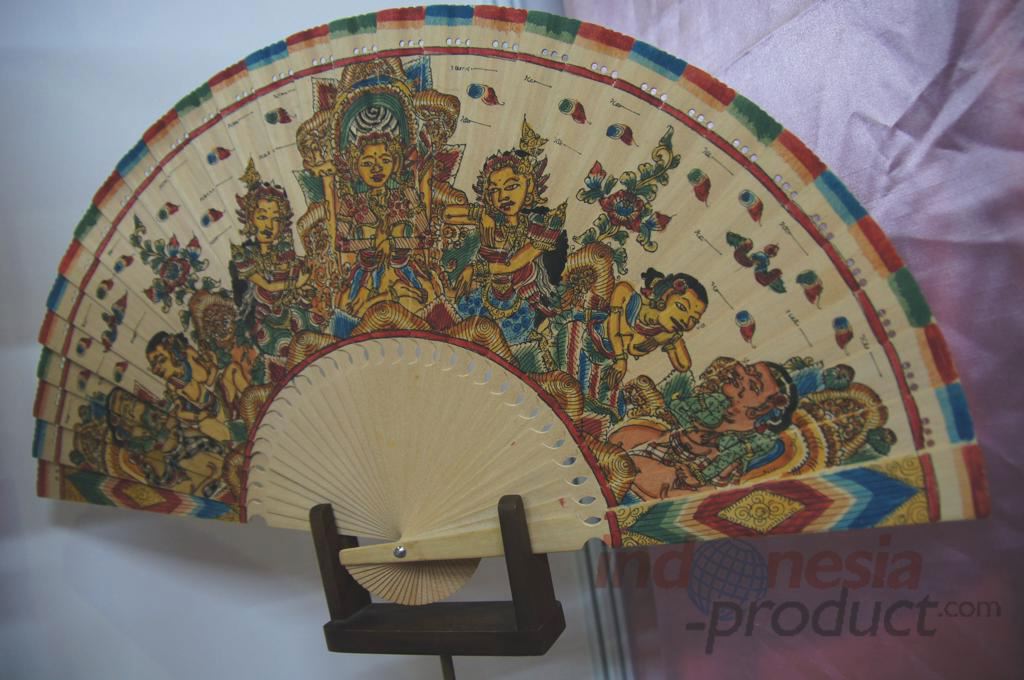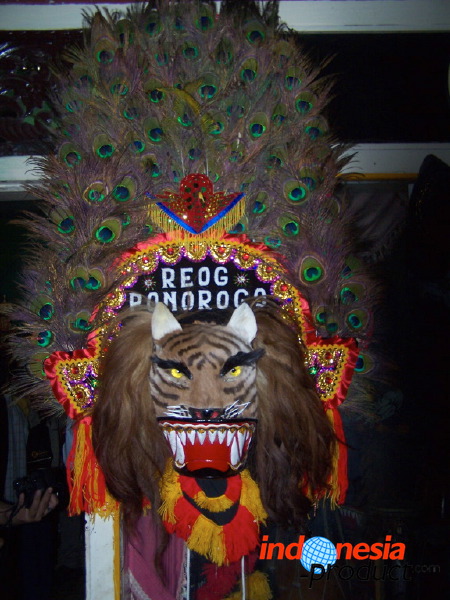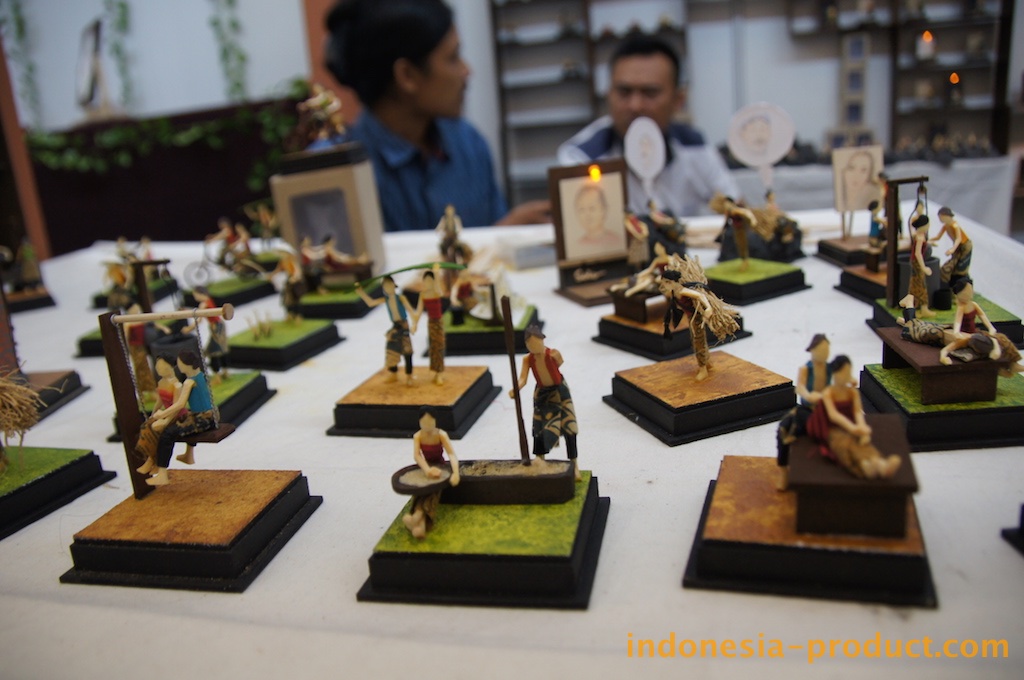Fading traditional woodblock New Year pictures show increasing signs of revival
As traditional lunar New Year is imminent, the 60-year-old Li Shunyi in Jinan, east China’s Shandong Province was joyous to see his son’s new apartment get decorated with traditional woodblock New Year pictures that symbolize peace, fortune and good-luck but are on the verge of extinction.
“I’ve rarely seen pictures of this kind ever since I moved into the city from the countryside as a little boy,” Li said.
“However, it seems that people have lost interest in woodblock New Year pictures over all these years and such pictures have been vanishing from ordinary families and our lives,” he said.
The Chinese people have the custom of pasting New Year or Spring Festival pictures, called “nianhua” in Chinese, to celebrate the lunar new year, which falls on Jan. 29 this year. That was recorded in the historical works of the imperial Song Dynasty (960-1279).
The custom is particularly popular in the Chinese countryside, where just before the Spring Festival all households are busy sweeping rooms and pasting colorful pictures or paper-cuttings on their doors, windows, walls, even wardrobes and stoves.
Traditional New Year pictures, usually made by blockprinting, are featured by simple and clear lines with brilliant colors in scenes of prosperity. The themes embodied in the New Year Pictures cover a wide range of subjects, from plump babies to the Buddha of Longevity, from landscapes to birds and flowers, from the ploughing cattle in spring to bumper harvests in autumn. The message in all pictures is always good luck, festivity and other nice things in the wish of the people.
“New Year pictures are one of the most influential cultural forms of traditional Chinese folk art,” said Xu Zhenshi, deputy director of the Chinese New Year Pictures Art Association.
“They are symbolic of the Chinese New Year culture and also an essential carrier of Chinese folk culture and folk esthetics,” he said.
New year pictures are produced in all regions in China with different local characteristics and their three leading producers are located at the Yangliuqing Village near northern port city of Tianjin, Taohuawu Village near the eastern scenic city of Suzhou, Jiangsu Province, and Yangjiabu Village near eastern city of Weifang, Shandong Province.
However, the production of Chinese New Year pictures has been declining since 1980s and the cultural form of traditional folk art has been losing ground with the extinction after entering the threshold of the new century.
“Today, people in China have more options to furbish their houses than ever before and they can turn to oil paintings or traditional Chinese paintings, apart from New Year pictures,” said Luo Shuwei, a research fellow with the Tianjin Academy of Social Sciences, when enunciating the recession of New Year pictures.
While some experts and veteran New Year picture masters ascribed the reason to a shortage of young qualified successors, which made it hard to pass down the unique, traditional art to the younger generation.
“Young craftsmen are in dire need,” said Guo Shurong, deputy curator of the New Year Pictures Museum in Wuqiang County, another well-known producer in north China’s Hebei Province.
There are only 80 craftsmen around in the business in the entire Wuqiang County with their average age topping the age of 40 years, according to Guo. “Many veteran craftsmen gave up their jobs of making New Year pictures in previous hard years,” he said.
“What a pity these wonderful woodblock New Year pictures have been fading away with the passage of time due to lack of skillful craftsmen,” said 56-year-old craftsmen Huo Qingshun in Tianjin’s Yangliuqing.
Huo meanwhile rejected the modern drawing-and-printing techniques to mass produce New Year pictures, citing that they were “machine-made commodities” instead of “handicraft arts,” even though the former were widely accepted by markets.
In recent years, China has taken a range of useful, substantial measures to revive this traditional folk art form.
At Shandong’s Yangjiabu, local government combined tourism development with the picture business a few years ago.
“We invited tourists to come and buy our pictures. The tourists can witness not only the rural people’s residence with antique flavors of the imperial Ming (1368-1644) and Qing (1644-1911) dynasties, but also the entire procedure of woodblock picture making,” said Yang Gaozhi, head of the Yangjiabu Village.
According to Yang, the number of visitors grew from 20,000 in the 1990s to the current half a million. The 300-household Yangjiabu with a population of 1,000 can now turn out more than 20 million woodblock pictures a year, which are sold to over 100 countries and regions worldwide.
New Year picture craftsmen in Yangjiabu began signing their names on their works and had their own trademarks established ever since 2003 in a bid to protect the intellectual property rights of their creations. Nevertheless, craftsmen had no copyrights of their own before as New Year pictures have long been taken as a folk art.
So far, Yangjiabu has registered 50 trademarks of New Year pictures.
A few manufacturers of New Year pictures, such as Wuqiang in Hebei, Mianzhu in Sichuan, Zhuxianzhen in Henan, have all set up special museums to collect and preserve the traditional art.
In spring of 2003, China listed New Year pictures as one of the gem items in its national preservation program for folk cultural heritage. So far, tens of thousands of New Year pictures, nearly 10,000 wood blocks, and dozens of carving techniques have been rescued in the program.
Meanwhile, young people, like son of Li Shunyi in Jinan, have resumed the custom of sticking up traditional New Year pictures on windows and doors.
“Outdated things would probably become fashions again as urban dwellers incline to pursue individuality in house decorations,” said Xiang Yunju, secretary general of the Chinese Folk Artists Association.
“The woodblock New Year pictures are by all means among China’s most precious cultural tangible heritages. They will soon regain urbanites’ favor in three or five years,” he predicted.





